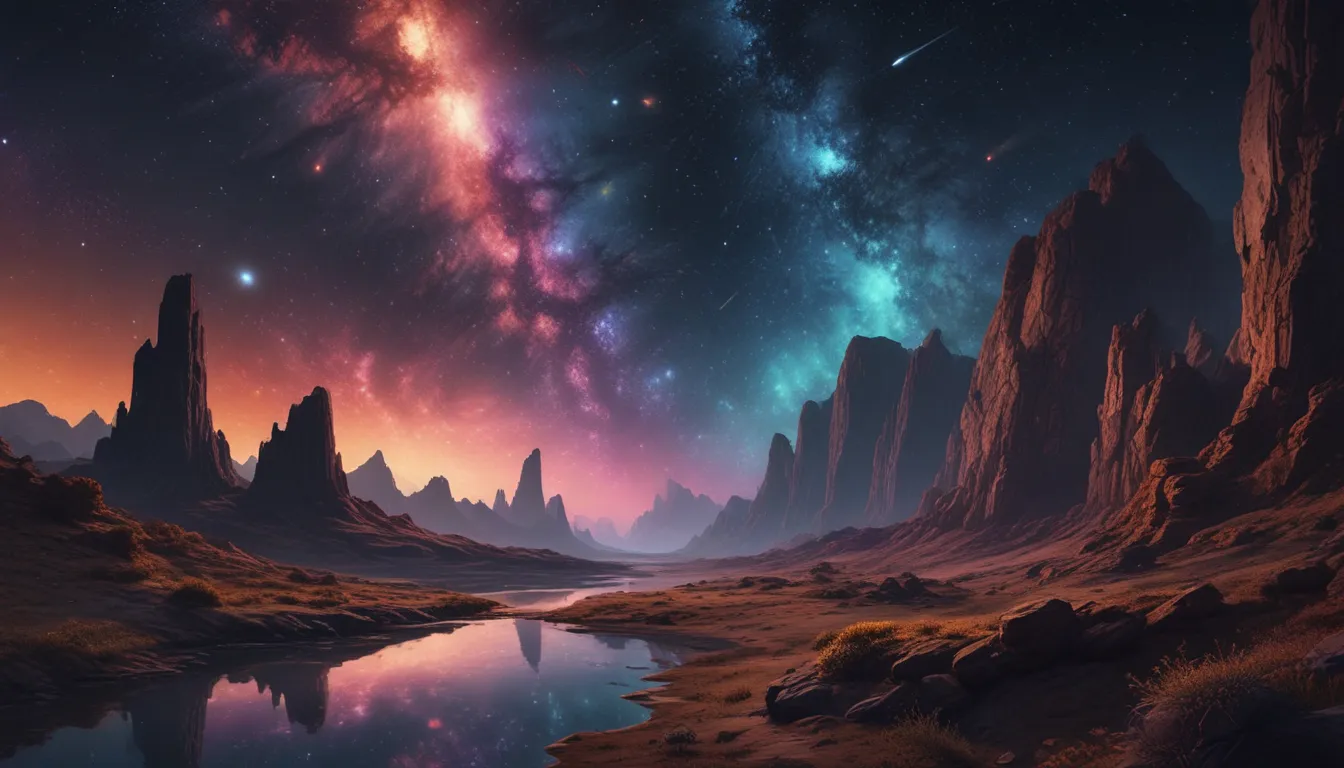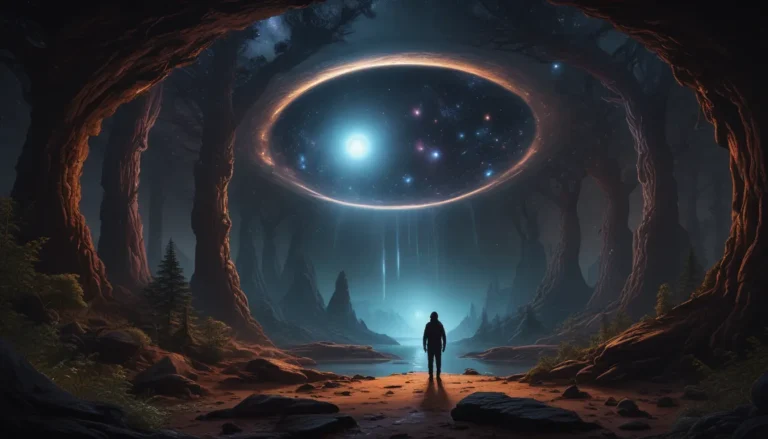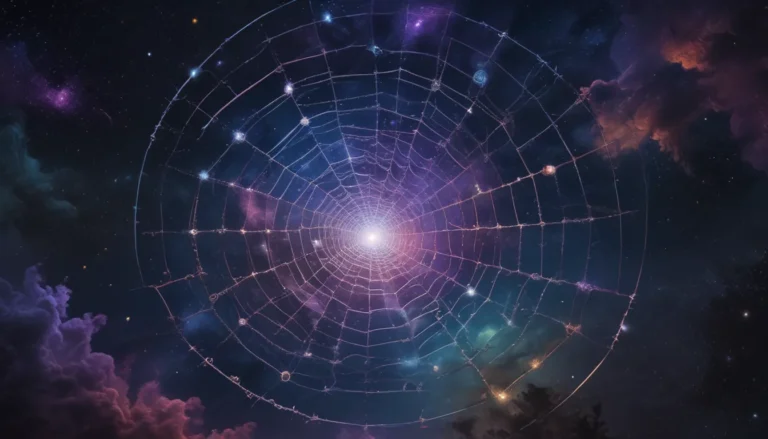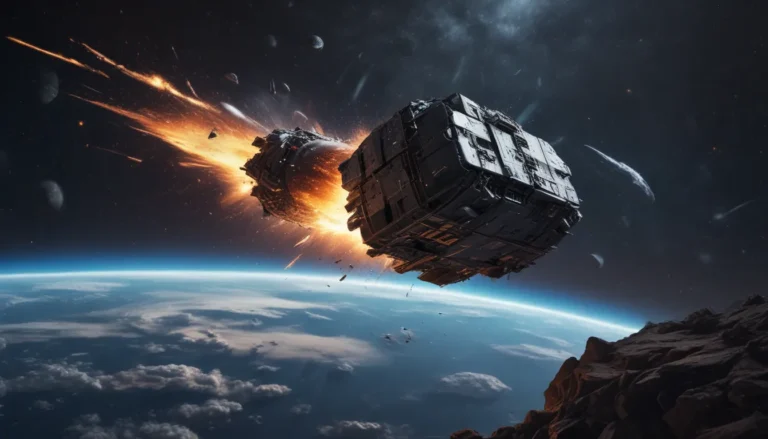The pictures we use in our articles might not show exactly what the words say. We choose these pictures to make you interested in reading more. The pictures work together with the words but don’t take their place. The words still tell you the important facts.
Have you ever wondered how our solar system came into existence? The Nebular Hypothesis offers a captivating explanation for the formation of planets, moons, and other celestial bodies. Dive into the intricacies of this fascinating concept as we uncover 15 intriguing facts that shed light on the mysteries of the universe. From the genesis of the sun and planets to the birth of asteroids and comets, each fact unveils a unique perspective on the inner workings of the Nebular Hypothesis.
Exploring the Nebular Hypothesis: A Cosmic Journey
The Nebular Hypothesis proposes that our solar system originated from a massive rotating cloud of gas and dust known as a nebula. First introduced in the 18th century by Immanuel Kant and further developed by Pierre-Simon Laplace, this theory has revolutionized our understanding of the cosmos. Buckle up and prepare to embark on a cosmic journey as we unravel the secrets hidden within the Nebular Hypothesis.
Key Takeaways
- The Nebular Hypothesis explains how our solar system formed from a spinning cloud of gas and dust, giving rise to the planets and the sun. It also provides insights into planet formation in other star systems.
- This intriguing theory has shaped our understanding of the universe and continues to inspire scientists to explore the origins of solar systems, pushing the boundaries of our knowledge.
Unveiling the Nebular Hypothesis: A Closer Look at the Facts
Let's delve deeper into the fascinating world of the Nebular Hypothesis and explore some of the most intriguing facts that illuminate the formation of our solar system and beyond.
- The Origin of the Solar System: The Nebular Hypothesis suggests that the solar system originated from a cloud of gas and dust, known as the solar nebula.
- Philosophical Roots: It was first proposed by philosopher Immanuel Kant in the 18th century, who hypothesized that a rotating disk of gas and dust gradually formed the planets and the sun.
- Further Development: French mathematician and astronomer Pierre-Simon Laplace expanded on Kant’s idea, suggesting that the solar nebula contracted due to gravitational forces, leading to the formation of the sun and planets.
- Formation of Planets: According to the Nebular Hypothesis, the sun and planets formed from the collapse of a rotating cloud of gas and dust, with the majority of material collecting at the center to form the sun.
- Protoplanetary Bodies: The remaining material in the disk formed protoplanetary bodies, known as planetesimals, which collided and merged over time to form the planets in our solar system.
- Planetary Orbits: The Nebular Hypothesis explains why the planets in our solar system orbit the sun in the same direction and roughly in the same plane, based on the rotation of the original cloud of gas and dust.
- Composition Of Planets: It also accounts for the different compositions of the inner rocky planets and the outer gas giants, based on the distance from the sun where volatile compounds were able to accumulate.
- Formation of the Moon: The hypothesis suggests that the moon formed from debris left over after a giant impact between Earth and another celestial body, which ejected material into space that eventually coalesced to form the moon.
- Universal Application: The concept of the Nebular Hypothesis extends beyond our solar system, with astronomers observing similar disk formations around other stars, indicating that planet formation is common in the universe.
- Ongoing Evolution: The Nebular Hypothesis continues to evolve over time, with advancements in technology and space missions providing new insights into the formation of planets and the evolution of solar systems.
- Interdisciplinary Support: This hypothesis has gained support from various scientific disciplines, including astronomy, astrophysics, and planetary science, thanks to evidence from telescopic observations, meteorite analysis, and computer simulations.
- Insights into Habitability: The Nebular Hypothesis provides insights into the conditions necessary for life to exist by studying the early stages of planet formation within a solar nebula, aiding in the understanding of exoplanet habitability.
- Asteroids and Comets: It also explains the presence of asteroids and comets in our solar system as remnants from the early stages of planetary formation, preserved in their original forms.
- Foundation of Knowledge: By shaping our understanding of the universe, the Nebular Hypothesis has laid the groundwork for further research in planetary science and exoplanet exploration.
- Endless Curiosity: This hypothesis continues to spark curiosity and scientific inquiry, driving advancements in our knowledge of the origins of the universe as technology and understanding progress.
Conclusion
In conclusion, the Nebular Hypothesis has revolutionized our understanding of the formation and evolution of our universe. Through extensive research and observation, scientists have unraveled the mysteries of planetary systems, including our own solar system. The Nebular Hypothesis proposes that the solar system originated from a giant rotating cloud of gas and dust called the nebula, leading to the formation of planets, moons, asteroids, and other celestial objects. As we continue to explore the wonders of the cosmos, the Nebular Hypothesis serves as a guiding principle, shedding light on the intricate mechanisms that govern the formation and evolution of galaxies, stars, and celestial bodies.
FAQs
Q: What is the Nebular Hypothesis?
A: The Nebular Hypothesis is a scientific theory proposing the formation of our solar system from a rotating cloud of gas and dust known as the nebula.
Q: Who proposed the Nebular Hypothesis?
A: The Nebular Hypothesis was first proposed by the French mathematician and astronomer Pierre-Simon Laplace in the late 18th century.
Q: How does the Nebular Hypothesis explain the formation of planets?
A: According to the Nebular Hypothesis, as the nebula collapses under gravity, it forms a rotating disk of material around a central protostar, leading to the formation of planets.
Q: Does the Nebular Hypothesis apply to other planetary systems?
A: Yes, the Nebular Hypothesis is widely accepted as an explanation for the formation of planetary systems beyond our solar system.
Q: What evidence supports the Nebular Hypothesis?
A: Evidence supporting the Nebular Hypothesis includes observations of protoplanetary disks, similarities in exoplanetary systems, and isotopic compositions of meteorites.
Q: Can the Nebular Hypothesis explain the formation of other celestial objects?
A: Yes, the Nebular Hypothesis can also explain the formation of moons, asteroids, comets, and other celestial bodies within our solar system and elsewhere.
As you journey through the wonders of space science, let the Nebular Hypothesis be your guide to unraveling the mysteries of the universe. Explore captivating facts, delve into the realms of planetary science, and embrace the mind-blowing discoveries of astrophysics. Each field offers a unique perspective on the cosmos, inviting you to discover the beauty and complexity of the world beyond our planet. Embrace the wonders of space exploration and let your curiosity lead you to new revelations about the mesmerizing universe we call home.
Was this page helpful?
Our commitment to delivering trustworthy and engaging content is unwavering, fueled by the dedication of real users like you. Each fact on our site is curated to offer diverse insights and information, meticulously reviewed by our editors for accuracy and reliability. Trust in our authenticity as you explore the vast universe of knowledge with us.






